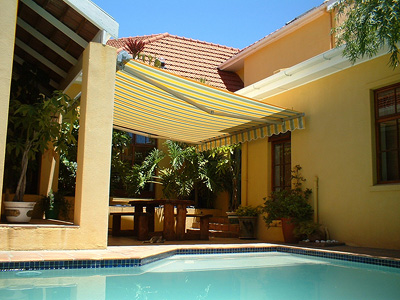sbf
We supply and install quality retractable awnings and sunshades in Lavington, Nairobi-We are the leading manufacturer of durable motorized and manual retractable awnings, folding outdoor shades and adjustable patio shades in Kenya-Our unique retractable awnings can be used in both commercial and residential areas-We specialize in the retractable awnings for alfresco dining areas, patio retractable awnings, pool area retractable awnings, rooftop and penthouse retractable awnings, retractable garage awnings, retractable carport awnings, retractable patio and terrace awnings, retractable awnings for homes, retractable awnings for offices, retractable awnings for schools, retractable awnings for hospitals, retractable awnings for restaurants hotels and resorts, retractable awnings for cafes, retractable awnings for gym facilities, retractable awnings for villas and town houses
